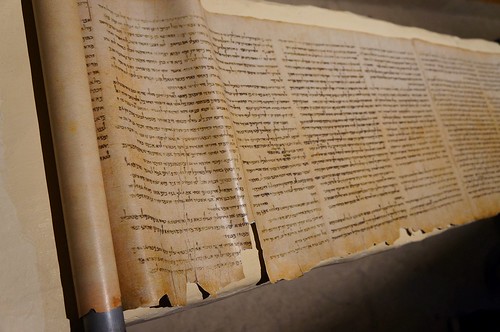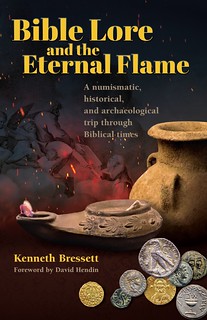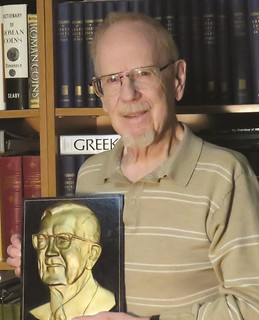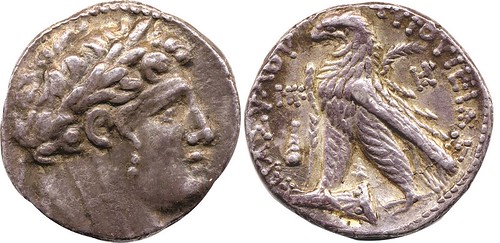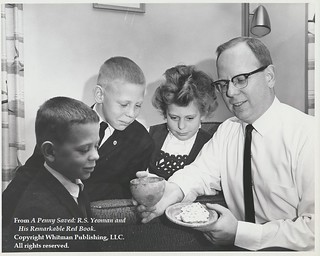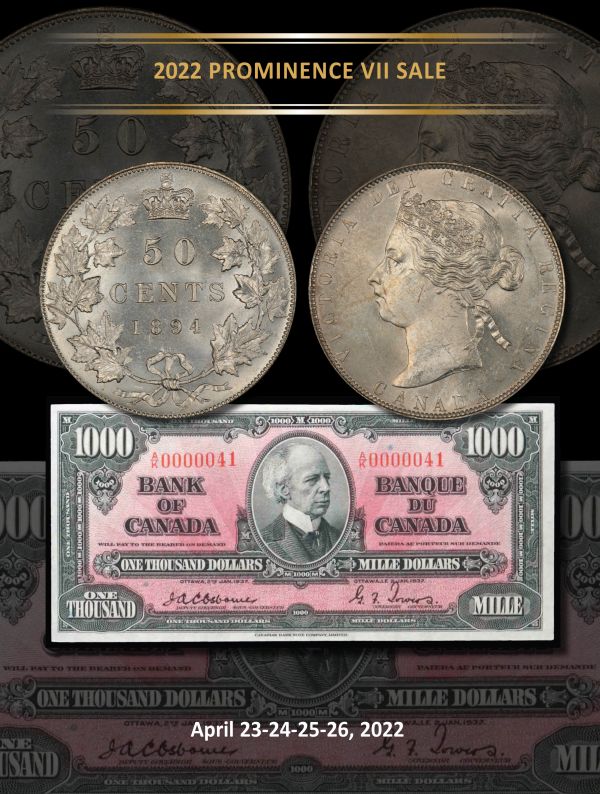
PREV ARTICLE
NEXT ARTICLE
FULL ISSUE
PREV FULL ISSUE
V25 2022 INDEX E-SYLUM ARCHIVE USING COINS TO STUDY ANCIENT HISTORYIn this press release from Whitman Publishing, author Ken Bressett discusses his new book and numismatics as a sub-discipline of archaeology. -Editor Using Coins to Study the Context of Ancient History Kenneth Bressett's newest book, Bible Lore and the Eternal Flame, debuted at the American Numismatic Association's National Money Show in Colorado Springs, March 10, 2022. Now the 224-page hardcover volume is available from bookstores and hobby shops nationwide, and online (including at Whitman.com). Here, Bressett discusses the book and his interest in numismatics as a sub-discipline of archaeology.
The instructive aspects of numismatics have intrigued me since 1937, when I first became aware of its potential as a teaching tool for better understanding of world history, art, and geography. Throughout the years I have researched and studied coins and trade items from various regions and time periods to provide evidence of their relation to historical events. A favorite area of examination has been linking ancient coinages to the people and events recorded in the Bible. In this endeavor, it is frequently possible to identify specific coins that are mentioned in Bible passages and better understand the meaning of those passages and their connections to actual usage of ancient forms of currency.
The use of barter and trade items, as well as coins, after the eighth century B.C. was common to many cultures, and examples of such items still exist in museums and collections to confirm, and sometimes better explain, the authenticity of ancient history. Few resources are more detailed than the accounts found in sacred writings, and thus studying the Bible accounts of coins and money is a rewarding source of information and enjoyment for many coin enthusiasts. Most collectors refer to this special interest as A typical example of how the study of coins can aid in establishing the validity of their use in ancient times can be found in the account of the coin found in the fish's mouth (Matthew 17:24–27). This is the story of how Jesus told his disciple Peter to cast a line into the water and retrieve a fish that would contain a coin sufficient in value to pay the required temple tax for both of them. The customary tax was used for temple repairs and other religious purposes, and it was required to be paid by all Jews wherever they lived throughout the ancient world. The annual tax was one-half shekel for every man over the age of 20 (Exodus 30:13–15). The exact value, timing, and place of this event establishes precisely the kind of coin that must have been involved. By Jewish convention, it distinctly had to be a tetradrachm, called a shekel, from the neighboring city of Tyre. Such coins are still extant today and are regularly seen in museum exhibits, collections, and the coin trade.
In Bible Lore and the Eternal Flame, in my discussion of this and similar events, there is no attempt to confirm or dispute any of the religious writings or teachings recorded in Bible passages. For many readers, these are a matter of faith or interpretation. Evidence can be provided by coins and other artifacts to establish certain facts, but these are not especially helpful for confirming traditional stories, parables, or beliefs that have been passed down through generations of faithful believers, until being recorded by learned people sometimes centuries after the actual events. Knowing that genuine artifacts still exist provides a gateway to strengthening one's faith and provides a tangible connection to the past that can only be experienced through studying or actually seeing some of these interesting items. They are the closest thing to
Stories about the cup are omnipresent, as are numerous assertions about which is the original. Logically, the claims cannot all be true. Yet, it is possible to imagine the Grail based on the types of pottery and drinking vessels common at that precise time, place, and culture, giving us a fuller understanding of what everyday life was like centuries in the past. There is no lack of information about such things. Learning about the past and people who lived centuries ago gives us a closer appreciation of how their efforts have impacted our lives. Hopefully, Bible Lore's brief glimpse of my personal interest in numismatics and archaeology will inspire you to dig deeper into the things you find of interest in world history, the daily lives of people past, and the Bible.
# # #
Bible Lore and the Eternal Flame.
To read the earlier E-Sylum article, see:
Wayne Homren, Editor The Numismatic Bibliomania Society is a non-profit organization promoting numismatic literature. See our web site at coinbooks.org. To submit items for publication in The E-Sylum, write to the Editor at this address: whomren@gmail.com To subscribe go to: https://my.binhost.com/lists/listinfo/esylum All Rights Reserved. NBS Home Page Contact the NBS webmaster 
|
